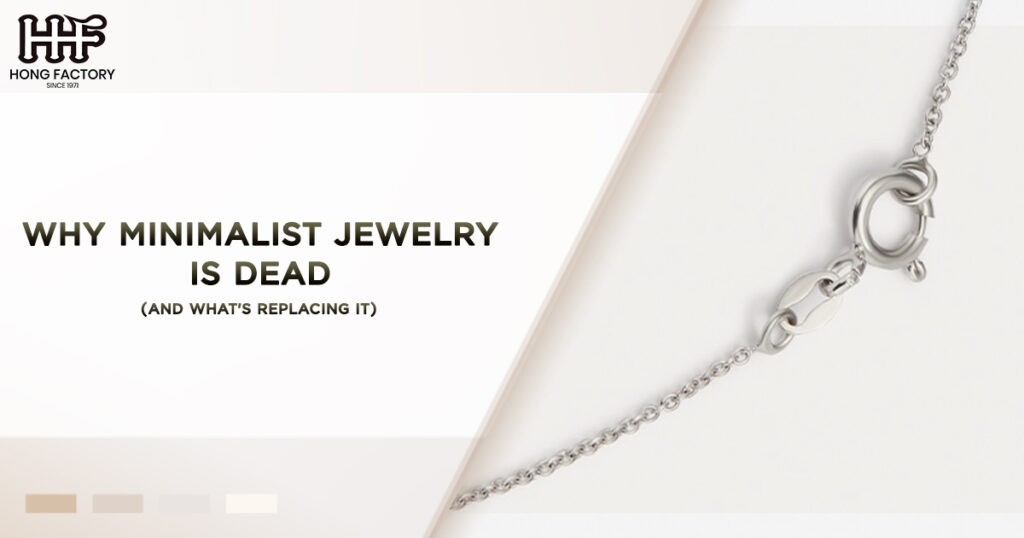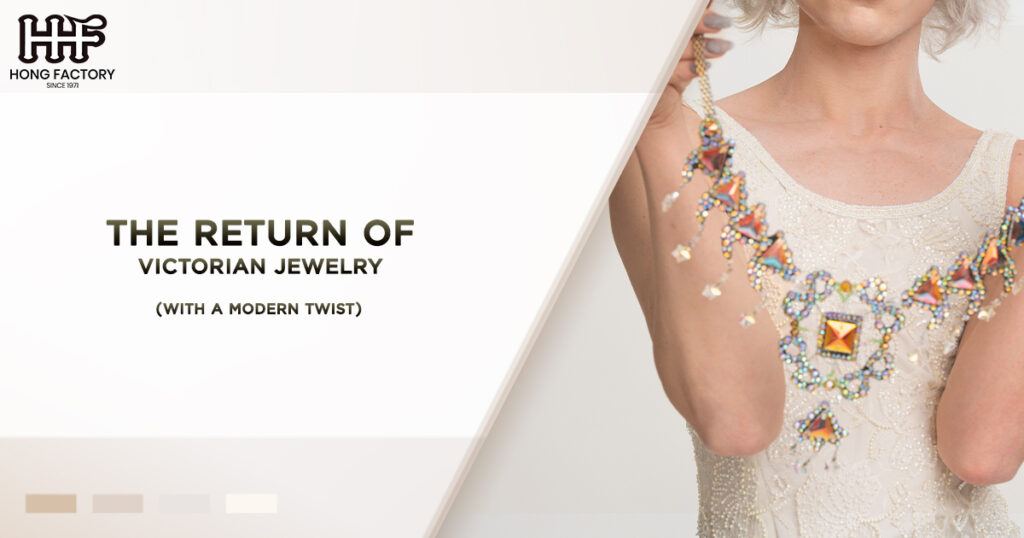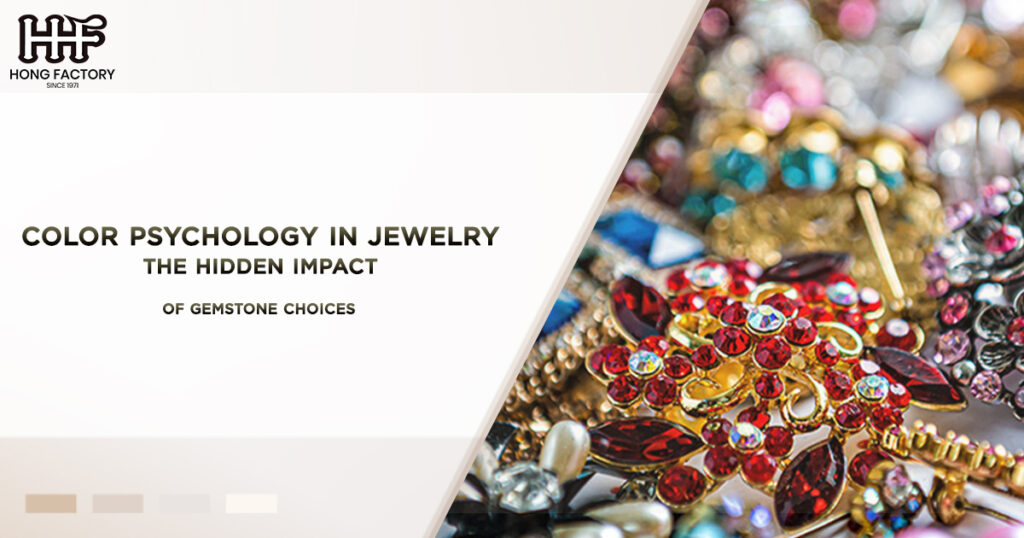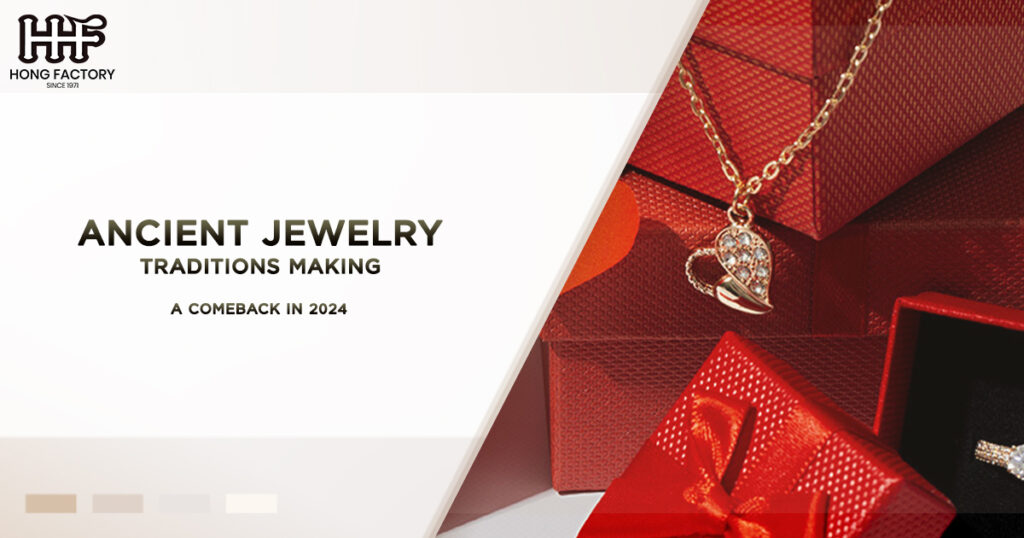
Jewelry has long been an essential component of fashion, serving as a medium for self-expression and a reflection of societal trends. Recently, the industry has witnessed a significant transformation, moving away from minimalist jewelry, once revered for its subtlety and sophistication, to embrace the bold, dazzling world of maximalist jewelry. This article explores the factors behind this change and examines how statement pieces have taken the spotlight.
The Rise and Reign of Minimalist Jewelry
Minimalist jewelry became a defining trend in the late 2000s and early 2010s, coinciding with a broader cultural shift towards minimalism across various aspects of life. This style was marked by its emphasis on simplicity and elegance, characterized by delicate designs such as thin bands, small pendants, and unembellished metals like gold and silver.
The allure of minimalism in jewelry was deeply tied to the era’s preference for a less-is-more approach. Consumers, increasingly mindful of sustainability and conscious consumption, were drawn to pieces that embodied understated luxury. Minimalist jewelry’s versatility made it ideal for daily wear, seamlessly enhancing everything from casual outfits to formal attire without overwhelming the overall look.
This trend also mirrored psychological and lifestyle preferences, as minimalism became synonymous with clarity and focus. People gravitated towards decluttering their spaces and lives, seeking peace and simplicity amidst a fast-paced, technology-driven world. Minimalist jewelry perfectly encapsulated this ethos, offering a tangible reflection of these values.
The Shift in Consumer Preferences
Despite its enduring appeal, several cultural and societal factors have contributed to the decline of minimalist jewelry and the burgeoning popularity of maximalism
- Cultural Shifts Post-Pandemic : The COVID-19 pandemic was a catalyst for change in many areas, including fashion. Prolonged lockdowns and a life reduced to essentials spurred a collective longing for vibrancy and self-expression. As people emerged from isolation, there was a renewed desire to celebrate life and individuality through fashion. Maximalist jewelry, with its vibrant colors and intricate designs, caters to this desire for bold expression and celebration.
- Fashion’s Cyclical Nature : Fashion trends often revisit the past, drawing inspiration from previous decades. The resurgence of maximalism is a nod to the bold styles of the 1980s and early 2000s, known for their extravagance and flair. As the pendulum swings from minimal to maximal, this cyclical nature ensures that bold, expressive styles are once again at the forefront, appealing to a nostalgic yet novelty-seeking audience.
- The Influence of Social Media : In the digital age, social media platforms like Instagram and TikTok play a crucial role in shaping fashion trends. Maximalist jewelry, with its eye-catching details and vibrant aesthetic, thrives in this visually driven environment. These pieces not only enhance personal style but also serve as powerful visual content that captures attention and generates engagement, further accelerating their popularity.
The Allure of Maximalist Jewelry
Maximalist jewelry is not just about size; it’s a celebration of creativity and individuality. Here’s what makes this trend captivating
- Bold Statement Pieces : Maximalist jewelry is designed to stand out and make a statement. From oversized earrings that draw attention to the face to bold necklaces that transform an outfit, these pieces allow wearers to express their personality and mood. They encourage fashion-forward choices and unapologetic self-expression, offering a way to communicate identity through style.
- Diverse Materials and Designs : The maximalist trend is rich in variety, often incorporating an eclectic mix of materials such as colorful gemstones, mixed metals, and unconventional elements like feathers or textiles. This diversity allows for limitless creativity, enabling designers to craft pieces that are as unique as the individuals who wear them. The result is a vibrant and diverse jewelry landscape that caters to a wide array of tastes and preferences.
- Art as Wearable Fashion : Maximalist pieces often blur the lines between jewelry and art. Inspired by art movements, cultural motifs, and historical periods, these designs are more than just accessories—they’re stories waiting to be told. This narrative quality turns each piece into a conversation starter, allowing wearers to connect with others through shared appreciation for artistry and creativity.
The Market Response
The shift towards maximalism has been met with enthusiasm from both brands and consumers, with significant implications for the jewelry industry
- Established Brands Adapting : Many well-established jewelry brands have expanded their collections to include bold, statement-making pieces. By doing so, they can appeal to a broader audience, maintaining the loyalty of minimalist aficionados while attracting new consumers eager to explore bold designs. This adaptability is crucial for staying relevant in a rapidly changing market.
- Emerging Designers : The maximalist trend has opened doors for emerging designers who bring fresh, innovative ideas to the table. Unencumbered by tradition, these designers often experiment with unconventional materials and styles, challenging the status quo and enriching the jewelry industry’s creative landscape.
- Consumer Engagement : Today’s consumers are increasingly drawn to purchases that offer meaning and stories. Maximalist jewelry, often accompanied by narratives about the inspiration behind the design or the origins of the materials, aligns with this trend. This focus on storytelling enhances consumer engagement and satisfaction, fostering a deeper connection between the wearer and the piece.
The Future of Jewelry Trends
As maximalist jewelry continues to gain traction, what can we anticipate for the future of jewelry design?
- Sustainability and Ethics : Even as they embrace bold designs, consumers remain concerned about sustainability and ethical sourcing. Brands that can marry striking aesthetics with responsible production practices will likely lead the market, appealing to environmentally conscious buyers who seek both beauty and accountability.
- Customization and Personalization : The desire for personalization is growing across the fashion industry. Maximalist jewelry, with its potential for customization, allows consumers to tailor pieces to reflect their personal stories and styles, creating unique fashion statements that resonate on a personal level.
- Technology Integration : As technology becomes increasingly integrated into fashion, we may see innovations in maximalist jewelry, such as incorporating wearable tech or smart features. From health-monitoring elements to interactive designs, these advancements will blend style with functionality, offering new ways for individuals to engage with their jewelry.
Conclusion
The shift from minimalist to maximalist jewelry represents a broader transformation in fashion and self-expression. While minimalism will always hold appeal for its elegance and simplicity, the current trend celebrates boldness, diversity, and creativity. Maximalist jewelry offers endless possibilities for innovation and individuality, reflecting a cultural movement towards embracing uniqueness and vibrancy.
As this trend continues to evolve, it presents exciting opportunities for designers and consumers to explore new horizons in jewelry design. Whether you favor subtle elegance or daring statements, the expansive world of jewelry today offers something for everyone, celebrating the art of self-expression and the beauty of diversity.


